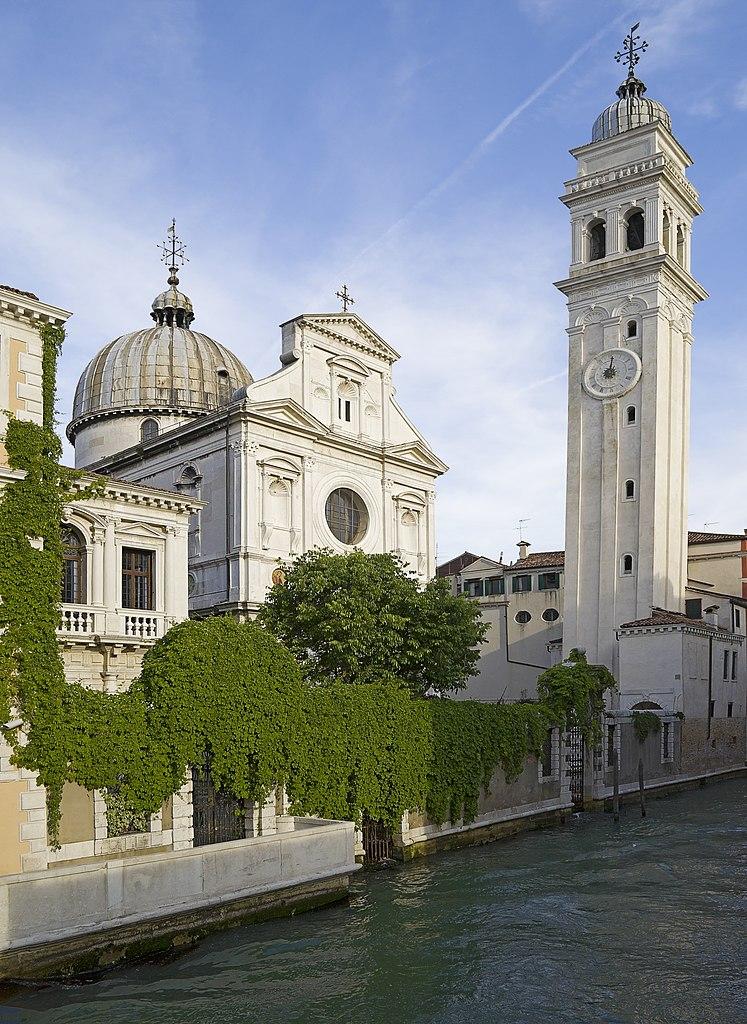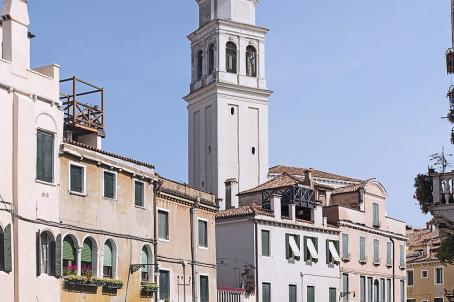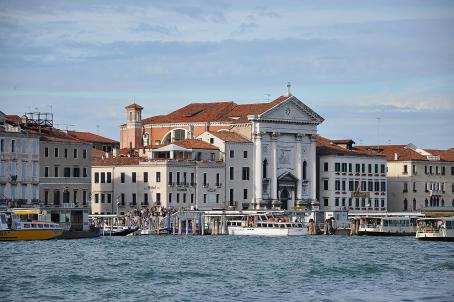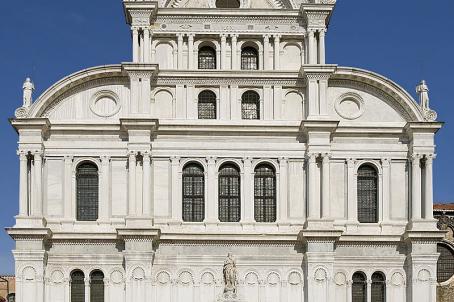Church of San Giorgio dei Greci
The Church of San Giorgio dei Greci is the main Orthodox church in Venice. The community of Greeks was formed over time in Venice due to the Ottoman expansion. In 1453, the fall of Constantinople brought thousands of Greek refugees to the city. In June 1526, the Council of Ten authorised the community to build its own Orthodox church: work began in 1530 and was completed in 1571.






